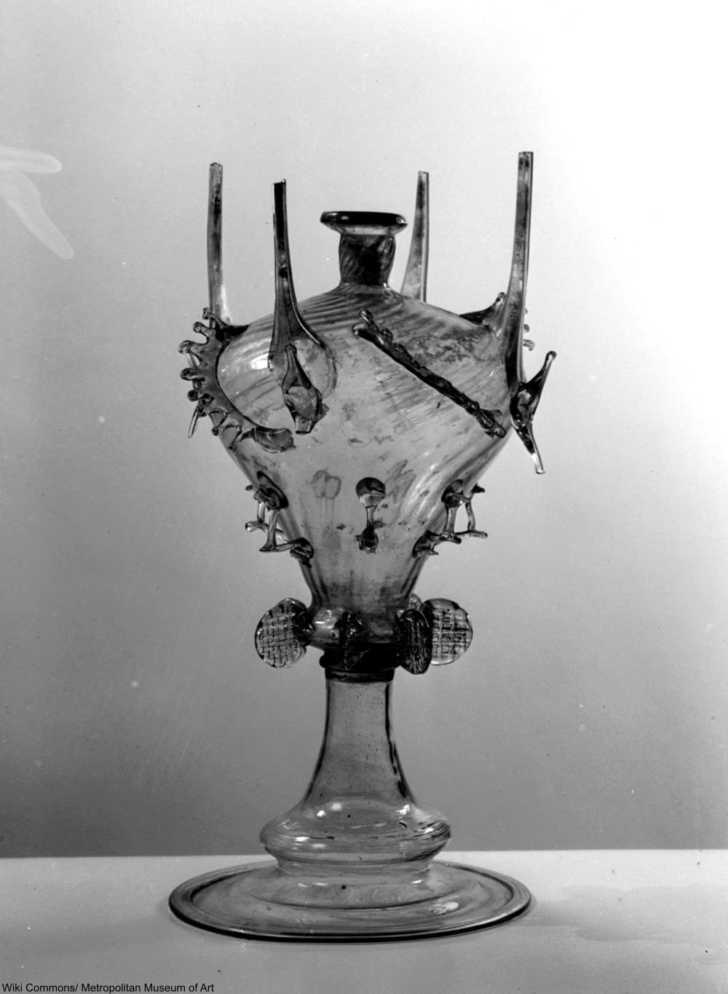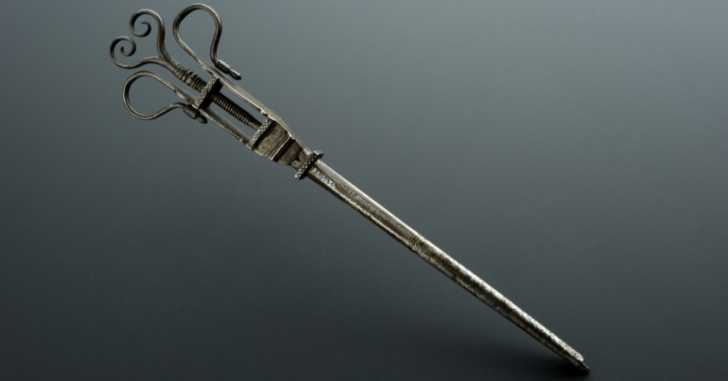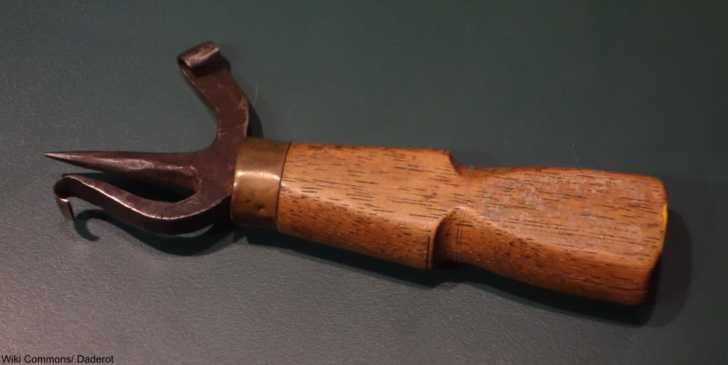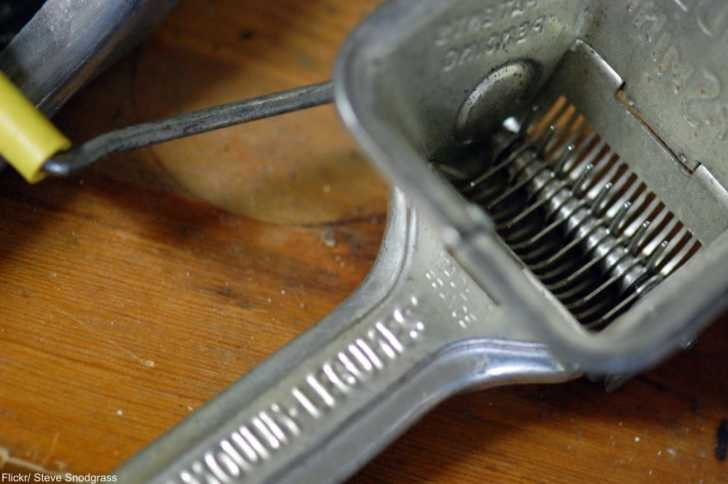Rediscovering Forgotten Tools from the Past
Ever stumbled across a strange object at a thrift store or in Grandma’s attic and thought, “What on earth is this thing?” You’re not alone. The world of vintage and antique tools is full of mystery. From delicate glass gadgets to medieval medical instruments, each item tells a story—and most look nothing like what we use today.
Let’s dive into five fascinating mystery items. Can you guess what they were for before you read the answer?
The Curious Glass Object: More Than Just Pretty Decor
You spot a delicate glass bottle with tiny prongs and spouts sticking out at odd angles. At first glance, it seems ornamental—maybe a piece of blown glass art?

What is it?
If you guessed rosewater sprinkler, give yourself a gold star. These ornate bottles were used in the pre-industrial era to gently disperse rosewater, a luxury item at the time. Rosewater wasn’t just for pampering—people used it in cooking, on their skin, and even in religious rituals.
In Spain, it was called an almorratxa. Other regions had their own versions, but the function was largely the same: to sprinkle rosewater in a refined and aromatic way. Fancy, right?
Video: Rose Water Sprinkler
A Medieval Mystery Tool: Looks Scary, Served a Purpose
Here’s one that might give you chills. It’s made of metal, long and narrow, with a turning screw at one end. It looks kind of… surgical.

What is it?
Meet the bullet extractor. Yup, you read that right. This grim-looking tool was used in the 16th century to remove bullets from wounds. The screw on the end would pierce the lodged bullet and grip it for removal—hopefully without making the wound worse.
It sounds barbaric now, but before anesthesia and antiseptics, this was cutting-edge tech. It saved lives in an era when firearms were becoming common, but medical advancements hadn’t quite caught up yet.
A Tool with a Twist: For Marking Nature, Not Meat
This next object has a beautifully crafted wooden handle and three metal prongs—two straight, one curved. It almost looks like a prong-based carving tool.

What is it?
If you guessed race knife, then you’ve got some serious vintage tool knowledge. This tool was used to mark trees and lumber, especially in forestry work. The different prongs allowed workers to create unique patterns or “race marks” that identified ownership, cutting orders, or logging sequences.
Some were simple, some intricate—but all helped manage the vast timber economy before digital barcodes came along.
Video: Antique Race Knives
Looks Like a Grinder, But It’s for Veggies
This one may look familiar—metal crank, clamping base, and a chute. Most people would guess it’s a meat grinder, but this version had a more specific veggie task.

What is it?
It’s a green bean slicer. Back in the days when canning vegetables was a seasonal routine, this tool helped prepare green beans for preservation. You’d feed in the beans, crank the handle, and the machine would slice them into neat strips ready for pickling or pressure cooking.
Practical, time-saving, and a total throwback to home harvests and pantry-stocking rituals.
A Scoop with Style: For Cheese Lovers
This last item looks like a stylish serving spoon. It’s got a decorative handle and a deep, rounded bowl—but it’s not quite like a soup ladle.

What is it?
It’s a cheese scoop, designed specifically for soft or crumbly cheeses. Whether you were hosting a fancy dinner or just preparing a cheese board, these scoops allowed for clean and elegant serving. Though still available today, they’ve fallen out of regular use as our cheese-serving habits have gotten a bit more… casual.
Still, there’s something charming about a tool built just for cheese—don’t you think?
Why These Mystery Items Still Matter
These tools aren’t just random curiosities—they’re snapshots of daily life in another era. Each one tells a story about how people cooked, healed, worked, or celebrated. They also show us how necessity and creativity went hand in hand before electricity, automation, or mass production took over.
And let’s be honest—there’s something deeply satisfying about figuring out what an old, weird-looking object used to do. It’s like solving a puzzle left behind by history.
Conclusion: The Joy of Discovering Everyday Artifacts
Whether it’s a rosewater sprinkler or a bullet extractor, every forgotten object has a past worth uncovering. These tools may seem simple—or downright confusing—but they represent innovation, culture, and human adaptability.
So next time you see something odd at a flea market or tucked in the back of a drawer, don’t toss it aside. Ask questions. Get curious. Because when it comes to mystery items, the fun isn’t just in the answer—it’s in the story waiting to be told.